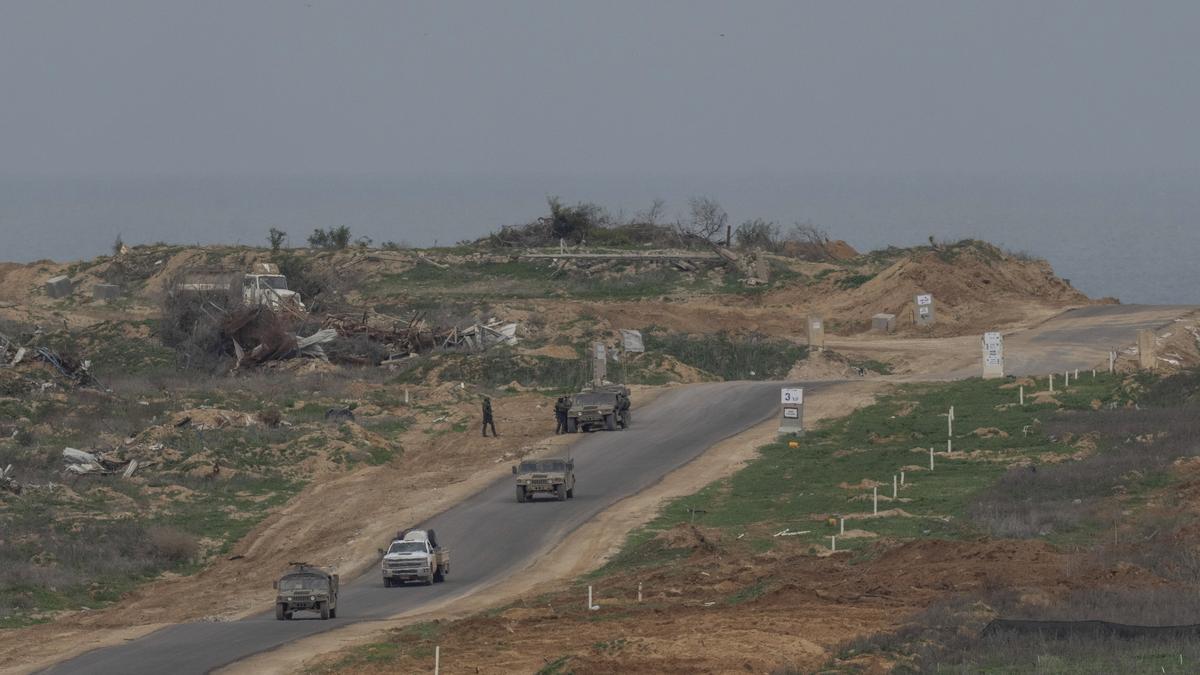
Israeli forces withdraw from a key Gaza corridor as violence surges in West Bank
The Hindu
Israeli forces withdraw from Gaza corridor as part of ceasefire deal, facing challenges in extending truce with Hamas.
Israeli forces withdrew from a key Gaza corridor on Sunday, Israeli officials and Hamas said, part of Israel's commitments under a tenuous ceasefire deal with Hamas that is moving ahead but faces a major test over whether the sides can negotiate its planned extension.
Israel agreed as part of the truce to remove its forces from the six-kilometre Netzarim corridor, a strip of land that bisects northern Gaza from the south that Israel used as a military zone during the war.
At the start of the ceasefire last month, Israel began allowing Palestinians to cross Netzarim to head to their homes in the war-battered north, sending hundreds of thousands streaming across Gaza on foot and by car. The withdrawal of forces from the area fulfills another commitment to the deal, which paused the 15-month war.
However, the sides appear to have made little progress on negotiating the deal's second phase, which is meant to extend the truce and lead to the release of more Israeli hostages held by Hamas.
Israeli Prime Minister Benjamin Netanyahu was sending a delegation to Qatar, a key mediator in talks between the sides, but the mission included low-level officials, sparking speculation that it won’t lead to a breakthrough in extending the truce. Netanyahu is also expected to convene a meeting of key Cabinet ministers this week on the second phase of the deal.
Separately on Sunday, the Palestinian Health Ministry said that two women in their 20s, including one who was eight months pregnant, were fatally shot by Israeli gunfire in the northern occupied West Bank, where Israeli troops have been carrying out a broad operation.
Since it began on Jan. 19, the ceasefire deal has faced repeated obstacles and disagreements between the sides, underscoring its fragility. But it has held, raising hopes that the devastating war that led to seismic shifts in the Middle East may be headed toward an end.













